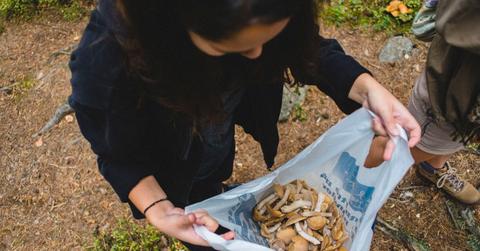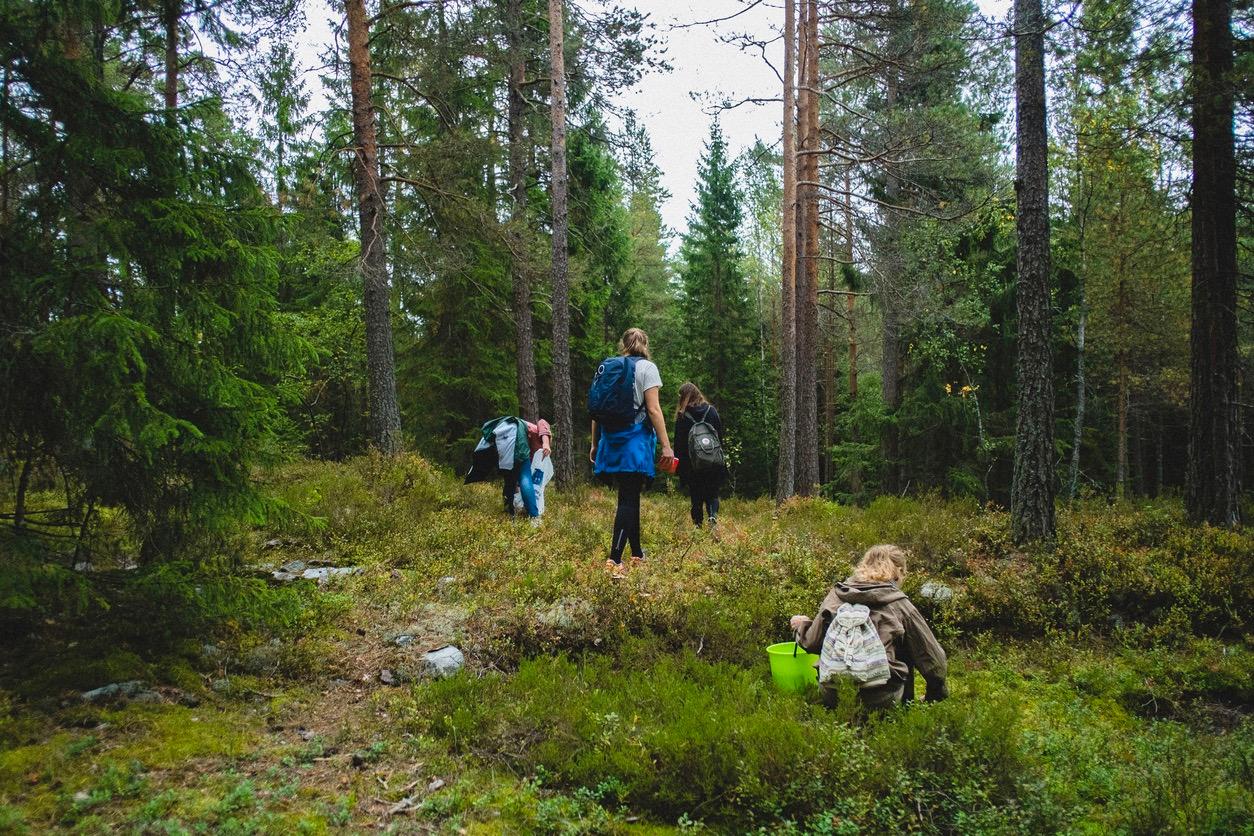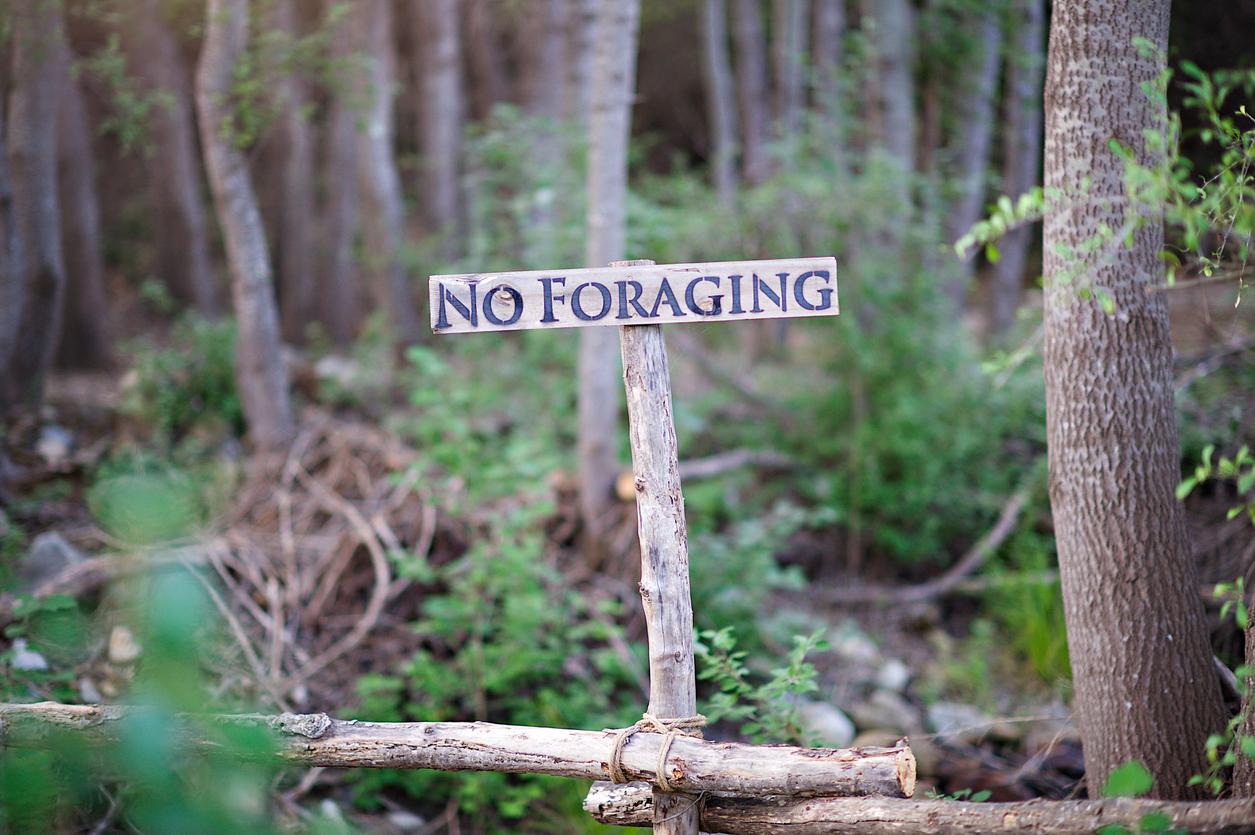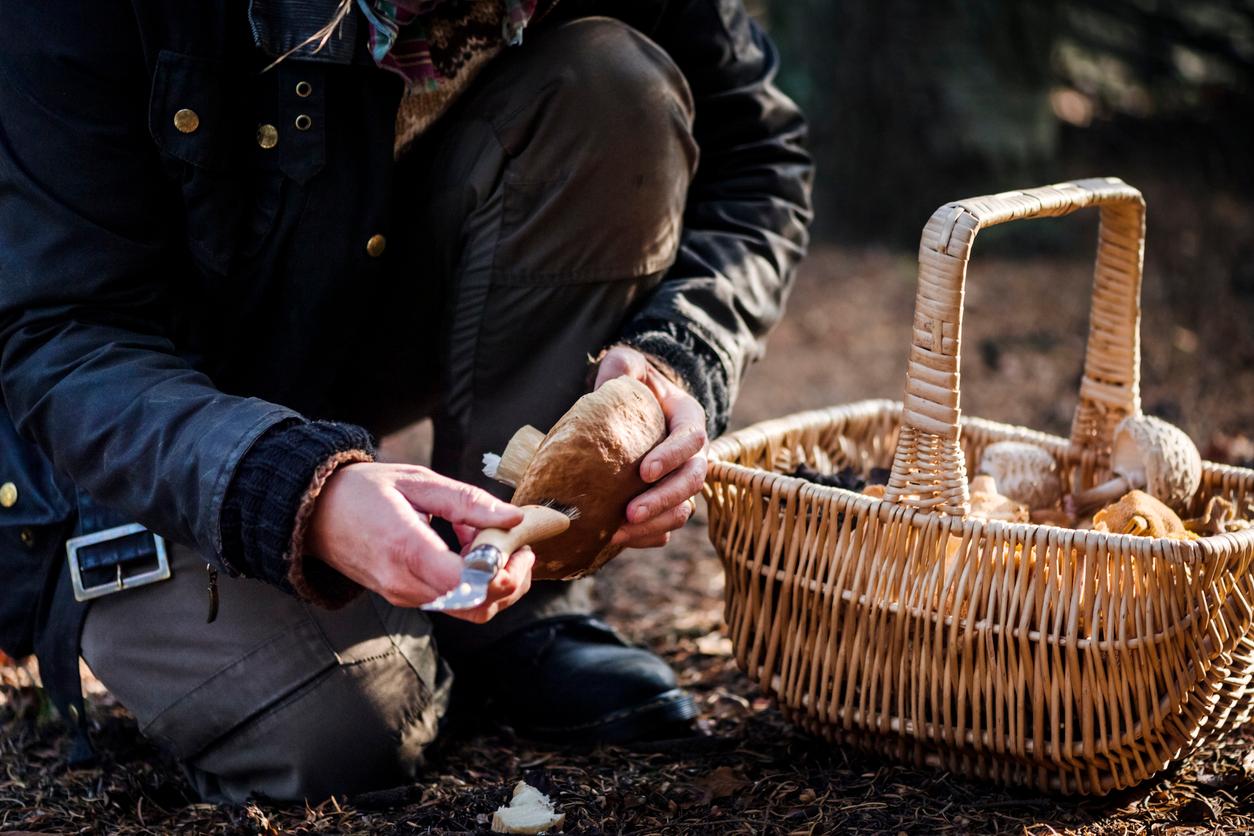Mushroom Foraging 101: How to Unlock the Mysteries of Your Local Forest, for Free
Published March 1 2023, 1:42 p.m. ET

With spring just around the corner, veteran foragers everywhere are preparing to hunt down some mushrooms. If you’re not an expert, don’t worry — mushroom foraging is beginner-friendly.
It’s also the perfect activity for people who love exploring the outdoors and immersing themselves in nature. So if that sounds like you, keep reading for a beginner’s guide on how to forage mushrooms, and also a few tips and tricks to help you on your journey.
How to forage for mushrooms 101:

For those who are completely new to the topic, you might be wondering: What does “foraging” even mean? According to BBC Good Food, it’s “the act of gathering wild food for free.” Mushrooms are just one example of a food that is commonly foraged.
So how does one become a forager? Well, it’s important to start by educating yourself — similar to other hobbies, there’s a certain etiquette that should be followed and things you’ll need to know.
First, you’re going to want to get familiar with the plants in your area. When foraging, you have to be able to identify different plant species in order to determine if it’s safe to eat and whether it might be rare or endangered, British Local Food explained. If you’re unsure about a plant, it’s wise to follow this advice: “If in doubt, leave it out.”
Another aspect of an aspiring forager’s education is to learn about when and where to forage. In the spring, the season to forage mushrooms begins in late April and ends in early May, according to the USDA Forest Service. You can also go in the fall, typically between September and October.

Before heading out on your first foraging excursion, you have to know where you’re allowed to go. According to the USDA, having permission to forage on private land — and some public land too — is essential. Always double-check with land owners and managers to ensure that they allow foraging.
After permission is acquired, it’s time to gather all of your supplies. According to Wirecutter, here’s what you should bring: A basket or bag to carry your mushrooms, a pocket knife to clean stems and assist in the extracting process, a brush for cleaning, and if necessary, a permit.
And if you want to step up your game, a topographic map can help you find different mushrooms. Bringing water and snacks is always a good idea too!
Once you’ve covered all of your bases, you can make your way to the forest. When you reach your foraging destination, there will be plenty of places to search for mushrooms. Better Homes and Gardens suggested looking around the edges of wooded areas — more specifically, near the base of ash, oak, elm, and aspen trees. Also, be sure to check near dead or dying trees.
Here are a few tips to keep in mind:

There’s definitely a lot of information to know before mushroom foraging, but once you get the hang of it, it can be a great way to spend your time. That being said, here are a few tips that might help you along the way.
Tip number one: Be conscious of where you’re foraging. In addition to seeking permission, it’s also important to consider the other aspects of a location. For example, if an area is subjected to a lot of pollution — perhaps it’s near a roadside or a common dog-walking path — it might be a good idea to choose somewhere new, British Local Food explained.
The next tip is all about the actual extraction process. Make sure you’re being gentle when harvesting plants — try your best to avoid causing any damage. Being respectful of nature is a key principle of foraging. Even though you are taking mushrooms from the environment, you want the population to stay healthy and to keep growing.
All of these things are important to keep in mind before mushroom foraging — but if you really want to get into mushroom foraging, consider signing up for a local class, where an expert will teach students how to forage in a local wooded area.